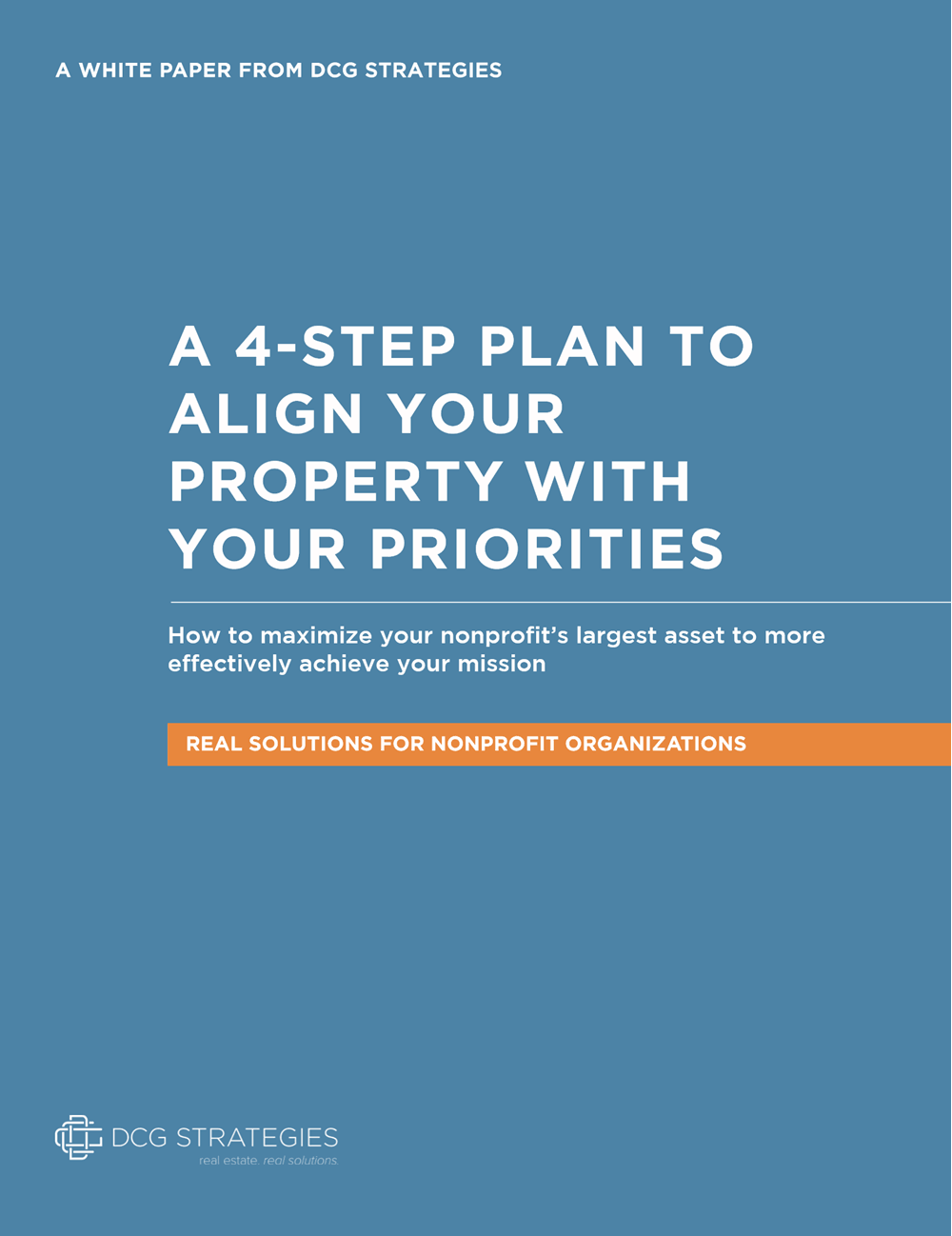Music and art classes are usually the first things to go in times of budget cuts.
Image from Wikimedia Commons.
Most people have fond, if slightly embarrassing, memories of extracurricular activities. Whether it was learning to play the French horn in grade school band, publishing that hard-hitting expose on the price of fish sticks for your high school paper, or getting a minor role in your less-than-successful Phantom of the Opera, you look back with fondness for who you were and how it shaped the person you became. Arts, music, and other extracurriculars have been a huge part of the school experience for decades. Unfortunately, that may be changing.
We live in an era of budgets cuts. Schools across the country are facing difficult choices, and when those choices have to be made, the first programs cut are typically art, music, and other extracurriculars. Over 80% of school districts across the country have made cuts in those fields. This is understandable, as those have been deemed nonessential, but that doesn’t make it any less painful.
When evaluating your real estate needs in the face of cuts or just general budget appropriation, you can look at ways to maximize school space in order to avoid cutting programs that make up a large part of what the place means for kids.
The Importance of Non-Traditional Programs
There is some debate about the term “non-essential.” We, of course, don’t deny the huge importance of math, science, language, and other extremely practical courses. No one is advocating that these classes be cut. However, it’s been shown that extracurriculars help to reduce dropout rates, which is good for the school and great for the kids who might be encouraged to continue their education.
More than that, these programs have been shown to increase students’ abilities to learn in other fields. A study from the National Endowment showed that students who had fewer than 5 arts credits were as much as five times more likely to drop out of school. So what is a school to do about music, art, and other extracurriculars? How can they find or save the money?
Private Help
As this ThinkProgess report points out, more and more schools are turning to private institutions and arts endowments to provide lessons. This works for both sides – the endowment (or other group, like an orchestra or an art collective) can engage in charity work, which helps their fundraising. They are also doing an unambiguous good and helping to create the next generation of artists.
For the schools, this helps keep the programs in play while saving money. It is also practical, as it shows students the options for people entering the field. They can interact with professionals and hobbyists in a way they normally wouldn’t be able to. It can help to guide a student’s future.
Maximizing School Space by Combining Areas
Another key method is to use space as economically as possible. This might mean programs will share certain spaces within the school. When I was on the school newspaper staff, we had our own room. So did the yearbook staff, even though we used more or less the same technology and our coverage areas coincided.
Now, though, schools can look at what programs can be combined, at least in terms of physical space. Yearbooks are great for student body morale and for memories; it would be a shame for them to be eliminated. The same goes for school newspapers. If your school is facing a crunch, classes like these can share space and other physical assets. Embracing technology and combining rooms, along with other extracurriculars, can help reduce costs. The band can rehearse in the same auditorium in which they will perform- expanding a computer or practical engineering lab into a training area doesn’t mean eliminating the whole arrangement.
The consequences of curtailing music, arts, and extracurriculars go beyond the bottom line. Luckily, hard choices can be made easier by appealing to the community and finding creative uses for the real estate you have. Even if you aren’t able to do a physical expansion, you don’t necessarily need to do a creative contraction.
If your school is considering the best way to utilize your existing real estate assets, you don’t have to go it alone. You can get a thorough analysis of your current space from a consultant whose community values align with your own. Contact DCG Real Estate today to learn more.





